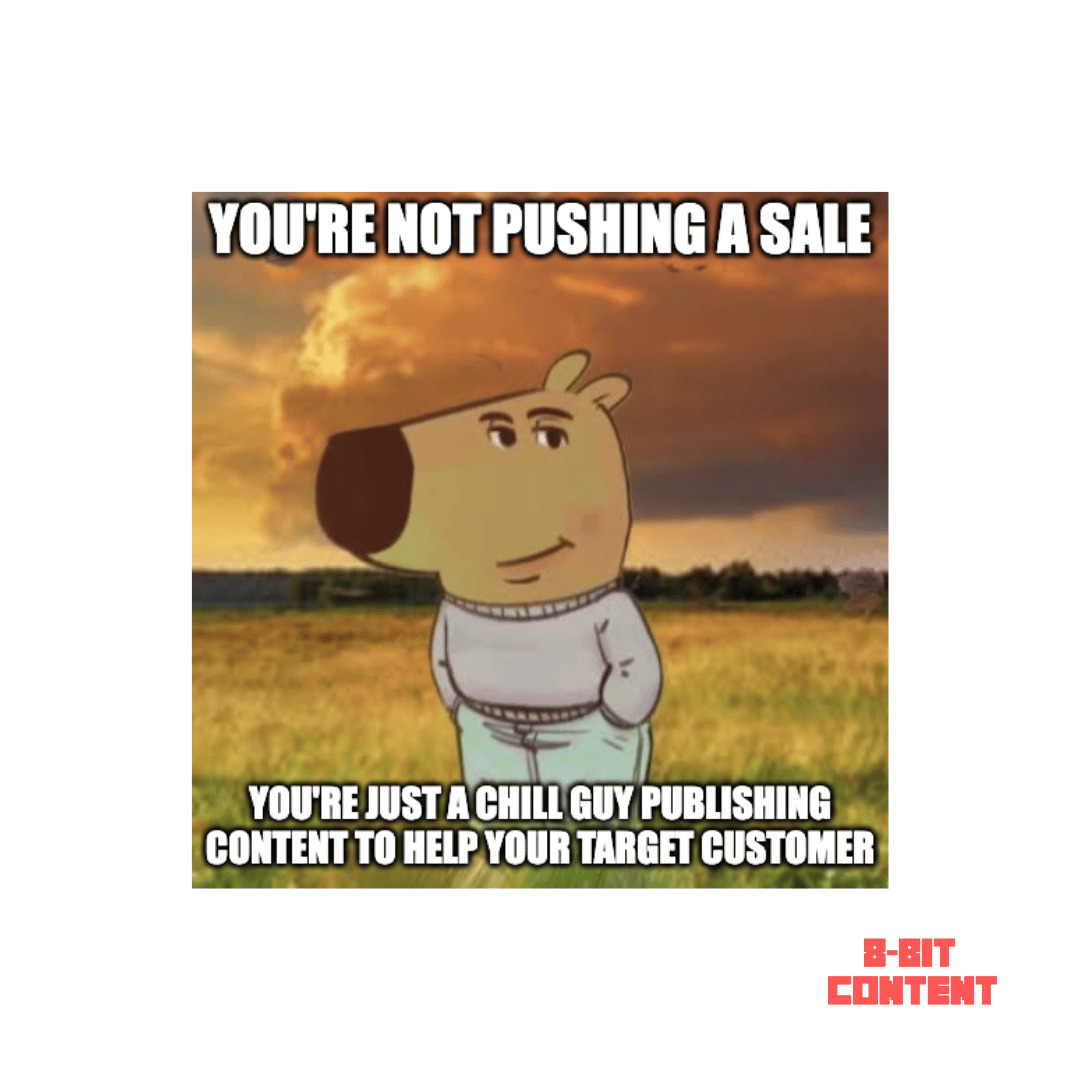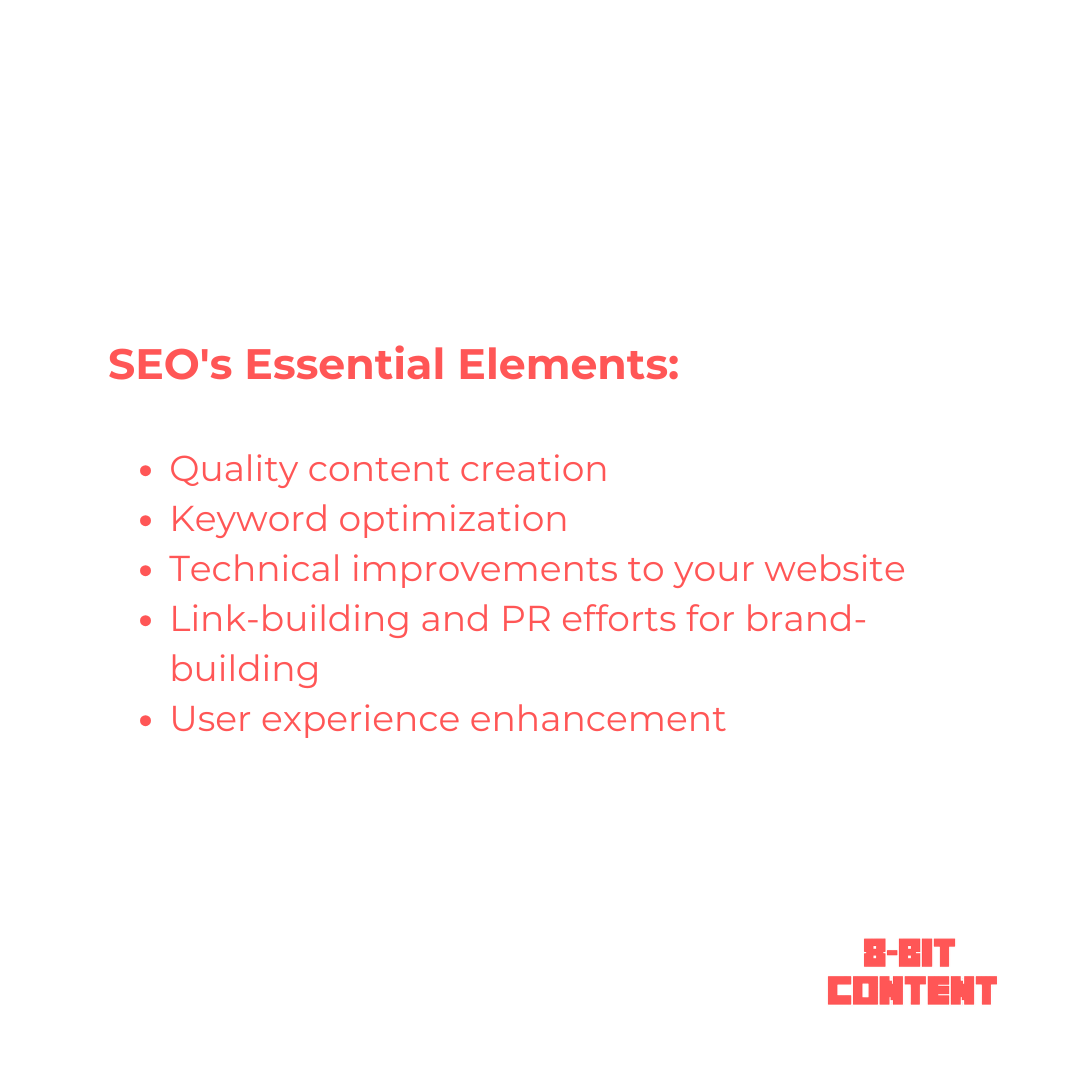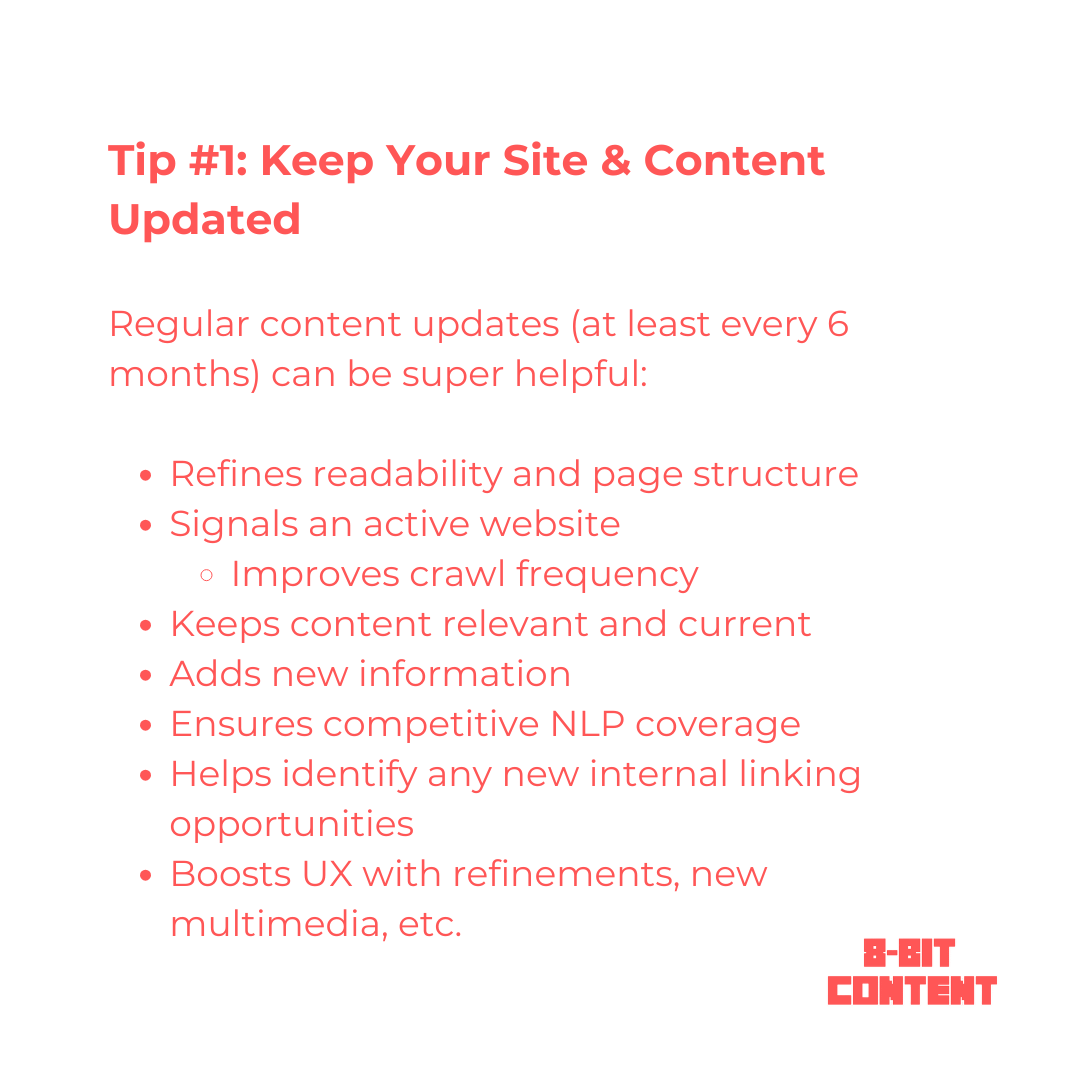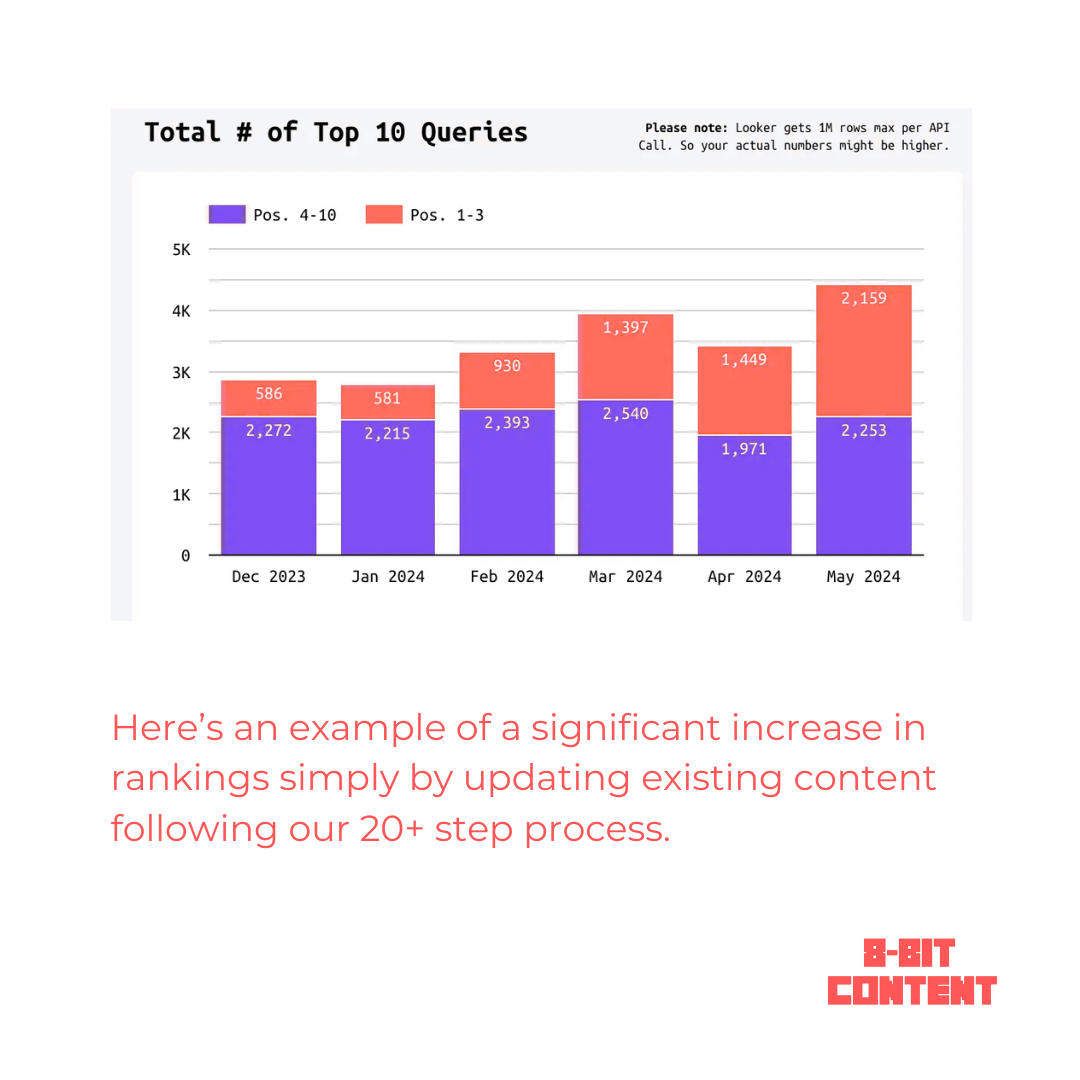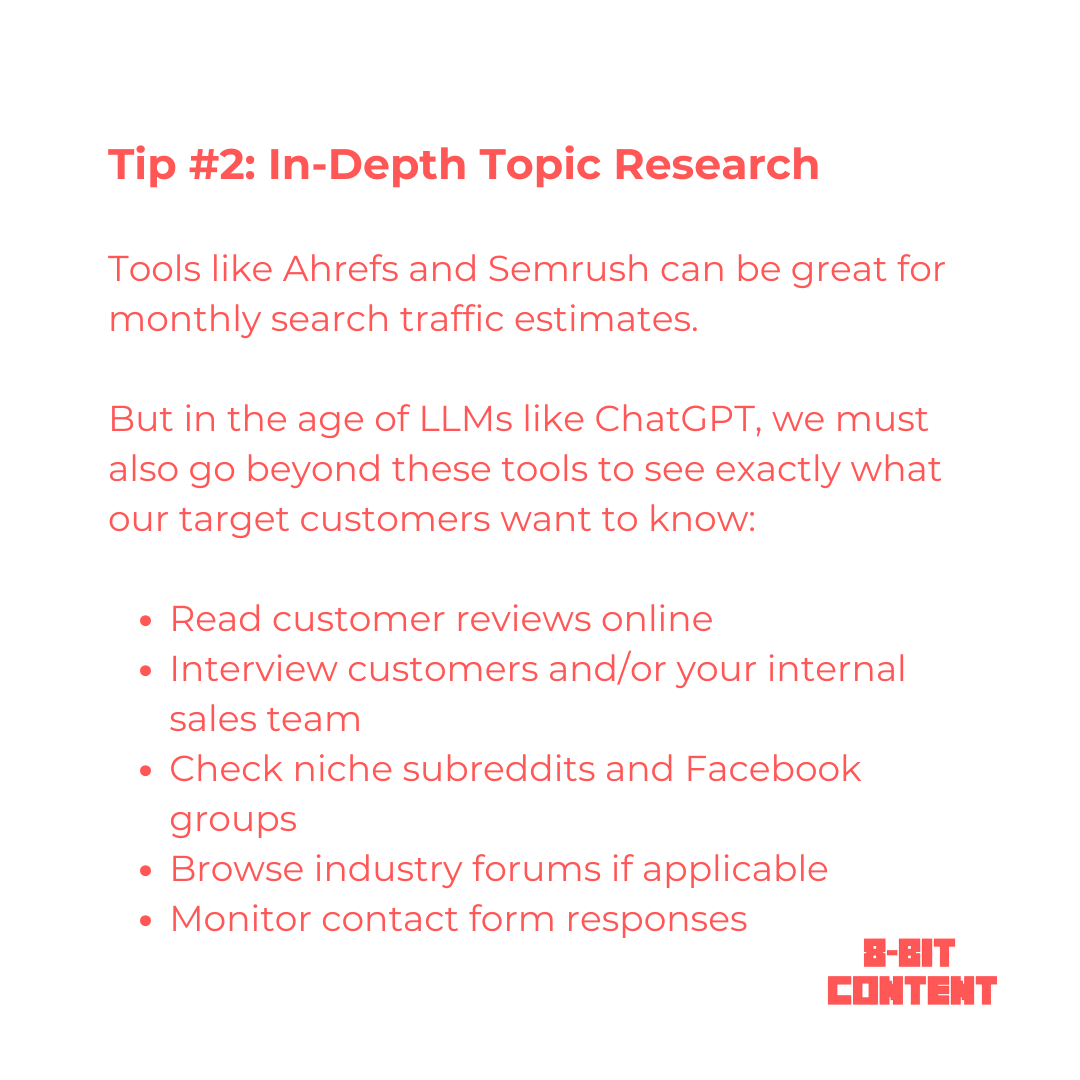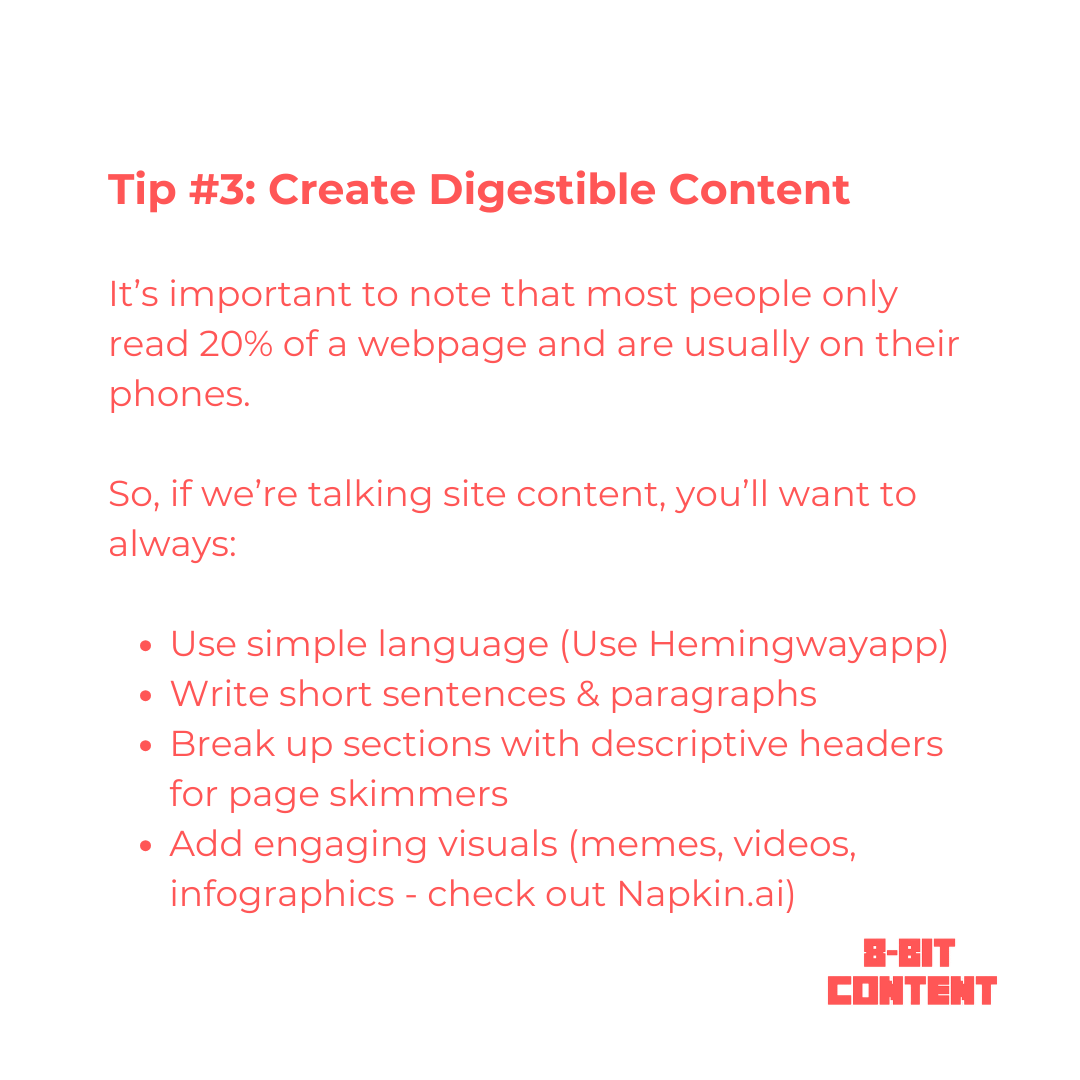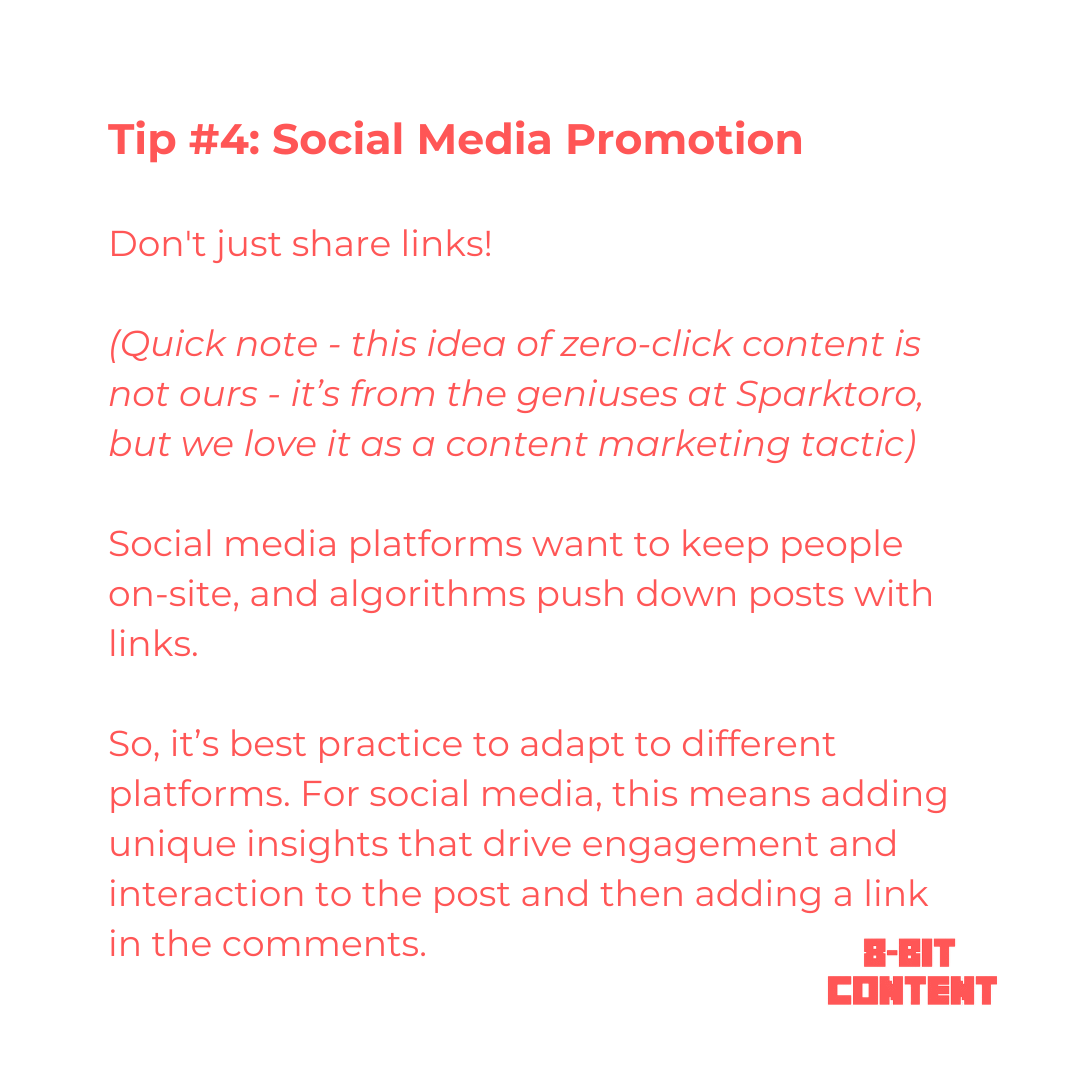Content Marketing vs SEO: Key Differences & How to Win With Both
SEO and content marketing are buddies. They complement each other to grow your brand's reach and revenue. They just do so with a different focus and approach.
SEO helps you rank a website and its pages on search engines.
Content marketing helps you attract and engage your target customer wherever they hang out. Meaning - your content efforts across written, audio, or visual formats - from websites and social media to podcasts and video platforms.
However, as we'll share below, the real magic and power happens when they're combined.
For instance - we've combined them to grow brands' organic traffic by as much as 1200% - reaching 1 million pageviews in a single month.
So, if you don't want to miss a great opportunity, keep reading!

Key Differences of Content Marketing vs SEO
The main difference between content marketing and SEO is that content marketing targets audience engagement by publishing valuable content across multiple platforms. SEO is all about optimizing a website and its content so that it ranks high on search engines for organic traffic.
Effective content marketing focuses on building brand awareness and trust with potential customers. This is done by injecting valuable info into content that educates and nurtures people through the sales cycle.
SEO can be viewed more as one of the best ways to get content seen.
I say best ways because when done properly, it's a solid long-term investment that continues to pay dividends for as long as you're ranking.
For example - an evergreen article ranking in search engines can bring traffic, links, and potential leads years after it was published.

But again, while complementary, there are important differences.
So, in case it helps, here's a palatable breakdown of what you need to know.
| Aspect | SEO | Content Marketing |
|---|---|---|
| Primary Goal | Improve website visibility and ranking in search engine results pages (SERPs) | Attract, engage, and keep the target audience by providing valuable and relevant content |
| Focus | Keywords, technical optimization, backlinks | Creating and distributing valuable, relevant content |
| Timeframe | Long-term strategy with ongoing optimization | Both short-term and long-term, with consistent content creation |
| Main Formats | Website pages, meta tags, structured data | Blog posts, articles, videos, infographics, podcasts, ebooks |
| Key Techniques | Topic research, on-page optimization, link building, technical SEO | Storytelling, content planning, audience research, content distribution |
| Metrics | Search rankings, organic traffic, click-through rates, engagement rates | Engagement rates, time on page, social shares, lead generation |
| Target | Search engines (to improve visibility to users) | Direct audience engagement |
| Content Depth | Often focuses on specific search terms and topics | Covers a wider range of topics relevant to the audience |
| User Intent | Primarily targets informational and transactional queries | Addresses various user needs down a sales funnel: informational, educational, entertainment |
| Platform Focus | Focused on website and search engine results | Many platforms: website, social media, video, email, etc. |
Audience Engagement vs. Search Visibility
SEO and content marketing have different focuses and purposes.
Content marketing aims to build awareness and trust in a target audience by providing engaging and helpful content in various formats. It’s not focused on any one channel, just wherever the target customer hangs out.
Conversely, SEO is all about improving rankings and online search visibility. This includes content marketing, as well as building backlinks, and improving a site's technical aspects.
Metrics for Success
Quality and strength of engagement are important metrics for analyzing content marketing efforts.
Things like:
- Engagement rates on social media, like comments and shares,
- Followers,
- Email sign-ups,
- Links and brand mentions,
- And time on page.
SEO is also interested in engagement rates like time on page, particularly because time on page is a strong ranking factor.
But, there are other related metrics like keyword rankings, organic traffic, and conversion rates of that traffic. Also, technical website-focused metrics like page speed and responsiveness.
Content Marketing and SEO Breakdown Carousel
In case it helps at all, here's a carousel with some bonus tips and tricks to make the most of these 2 strategies!
What is Content Marketing?
Content marketing is a type of marketing focused on building brand awareness with target customers via engaging content in various formats:
- Blog posts,
- Social media posts,
- Email newsletters,
- Video content,
- Webinars,
- Podcasts,
- and more.
It’s not pushy sales and marketing campaigns.
It’s strategic, high-quality content that solves problems, answers questions, and builds lasting trust with your audience.
Because people are more comfortable working with people they know, like, and trust.
You should highlight your solution to their problem whenever possible.
But the main intention is to help your brand stick out in consumers' minds (such as from a visceral reaction to your content) whenever they're in need, and it's time to buy... Even if that isn't today ;).
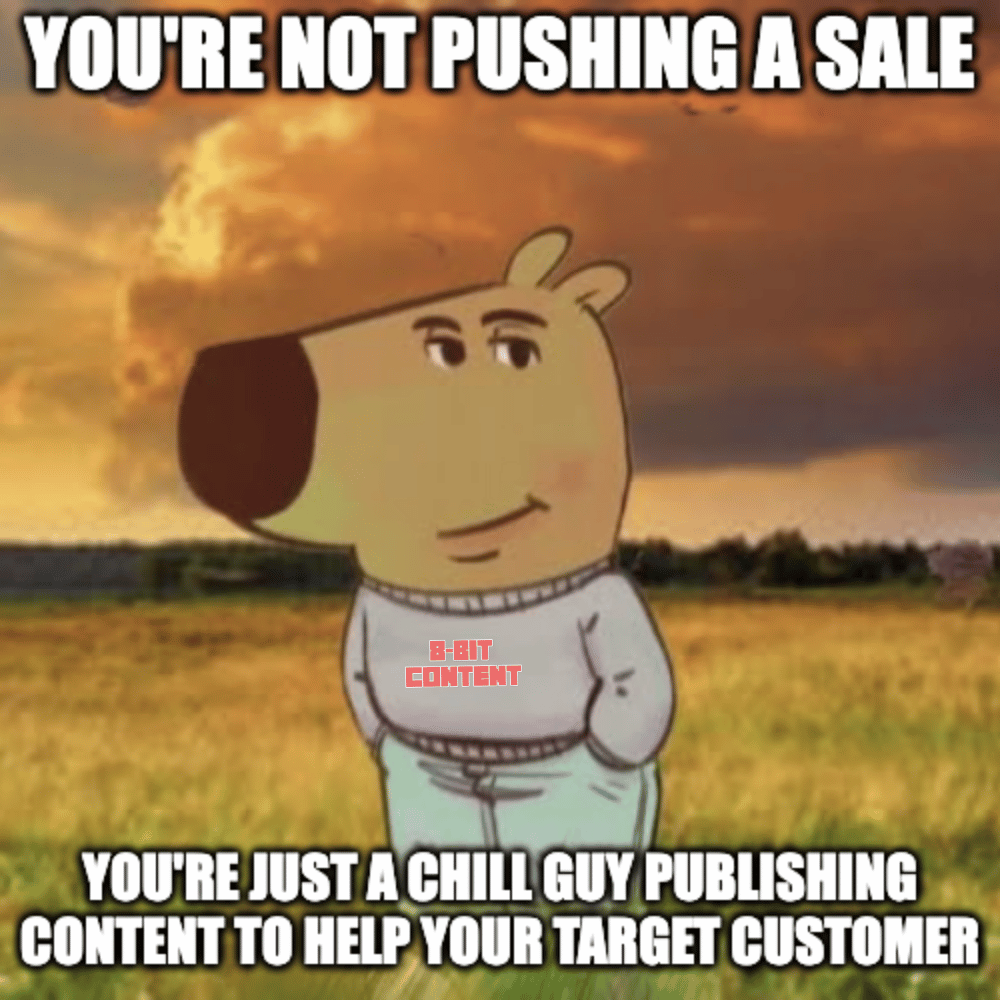
Key Components of Content Marketing
Content marketing is made up of several essential elements that work together for a cohesive strategy:
Content Creation.
As you may have assumed by the name, content marketing is all about content. You're publishing high-quality stuff that resonates with your target audience's needs and interests.
This can be blog posts, videos, podcasts, infographics, ebooks, white papers, videos, social media content, etc.
Audience Understanding.
Successful content marketing requires deep insights a company's ideal customer profile (ICP).
You'll need in-depth research to understand pain points, preferences, and map the customer journey.
Distribution Channels.
Considering all the different formats you can use with content marketing, you have many options for where to publish. But this is where audience understanding is so important.
You want to focus on where they are and the formats they already consume.
- Company website and blog (you'll use SEO here as we also get into in our guide on how to get your blog noticed)
- Social media platforms
- Email newsletters
- Industry publications
- Podcast and video platforms
- Webinars and online events
Content Optimization.
Each piece of content should be optimized for:
- Engagement
- SEO
- Audience engagement
- Specific stages of the customer journey
- Sharing and amplification
Measurement and Analytics.
Tracking content performance through various metrics to understand effectiveness, audience engagement, and areas for improvement. You can learn all about this in our guide on
how to do a content audit!
Overall Objectives
Content marketing aims to achieve many strategic goals:
- Brand Awareness. Build a meaningful online presence for your brand by producing valuable content that reaches and resonates with your target audience.
- Trust and Credibility Building. Share expert insights that show deep industry knowledge and solve customer problems (check out our guide to content marketing for schools as an example).
- Lead Generation. Attract potential customers via valuable, informational content that speaks to their specific challenges and needs.
- Customer Education. Help potential and existing customers understand your industry, products, and how your solutions can solve their problems.
- Customer Retention. Continue providing value to existing customers (for example a Knowledge Hub for a SaaS with tips on how to make the most of the tools), keeping them engaged and more likely to remain loyal to your brand.
- Sales Enablement. Create content that supports the sales process by addressing common questions, overcoming objections, and showcasing your offerings' value as solid solutions (see also our comparison of copywriting and content writing).
Content marketing aims to build long-term relationships with your audience by consistently delivering value rather than focusing solely on immediate sales transactions.
And down below I share some of my favourite examples of content marketing!
What is SEO?
Search Engine Optimization (SEO) helps your website rank on search engines like Google.
You want to be at the top when someone searches on, say, Google (and even LLMs now) for information, products, or services related to your business.
SEO is about optimizing your website so that search engines show it at the top of the results.
Key Components
SEO is a multifaceted discipline that involves several critical elements and ranking factors:
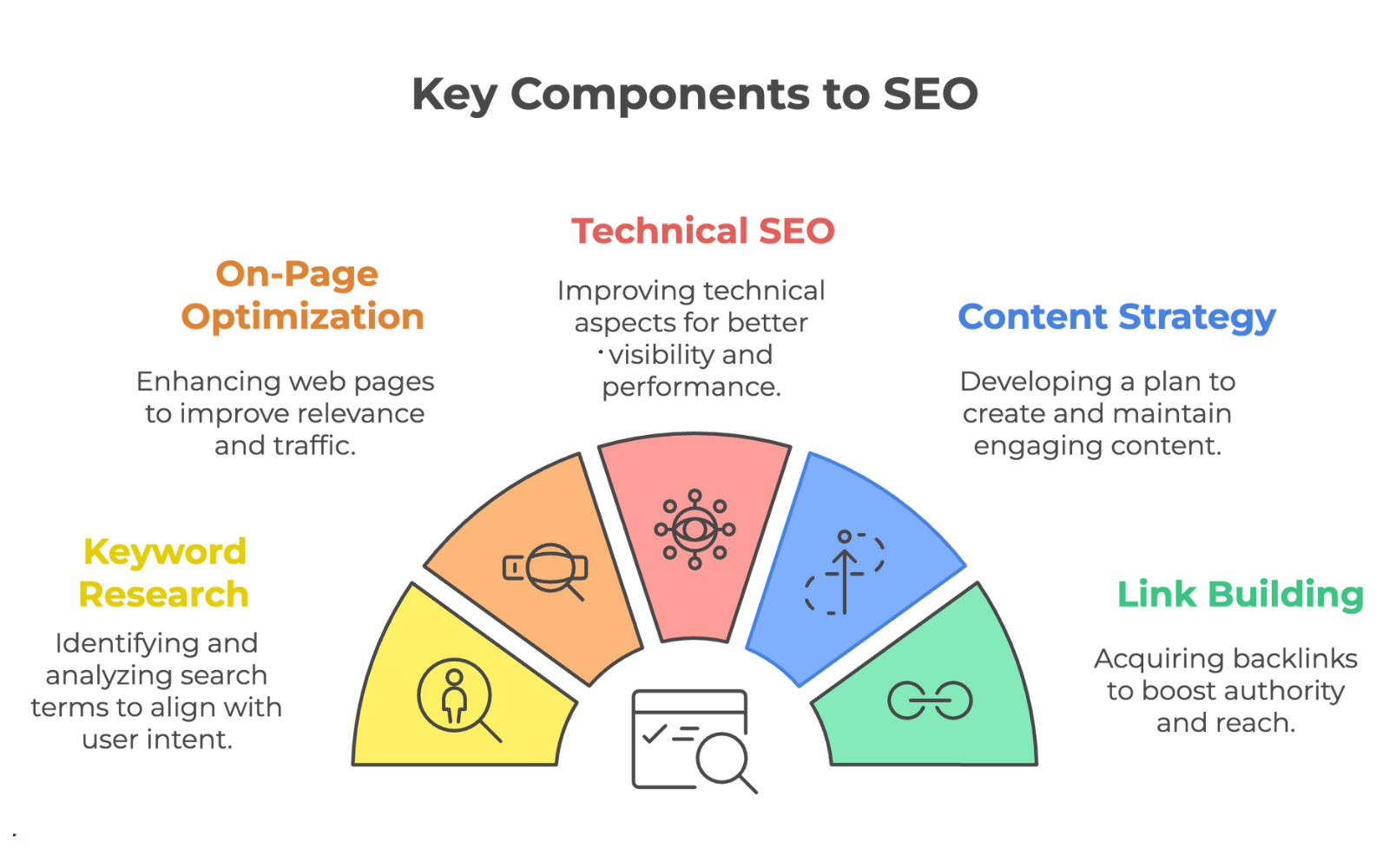
1. Content Strategy.
Developing a comprehensive content plan that:
- Addresses user questions and needs
- Creates comprehensive, in-depth content
- Includes multimedia
- Maintains content relevance and freshness via frequent updates
- Supports keyword targeting
- Encourages user engagement
- Includes information gain and adds new information to the SERPs
1.5. Topic Research.
Identifying the specific topics people search for when looking for content related to your business. This involves:
- Finding relevant keywords (topics)
- Understanding search intent
- Analyzing search volume and traffic potential
- Evaluating keyword difficulty (beyond relying on easily misled KD of tools like Ahrefs)
2. On-Page Optimization.
Optimizing individual web pages to rank higher and earn more relevant traffic:
- Creating high-quality, valuable content
- Optimizing title tags and meta descriptions
- Using header tags properly (H1 -> H2 -> H3)
- Adding and improving internal linking
- Enhancing content readability
- Removing fluff and other elements that will cause a poor reader experience
- Optimizing for target keywords with NLP as naturally as possible
3. Technical SEO.
Improving the technical aspects of a website to increase its visibility:
- Improving site speed
- Ensuring mobile responsiveness
- Implementing structured data
- Fixing broken links and orphan pages
- Improving site architecture
4. Link Building (Off-Page SEO).
Acquiring high-quality backlinks from reputable websites:
- Creating shareable, link-worthy content
- Guest posting
- Developing relationships with industry influencers
- Leveraging social media and online communities
Objectives of SEO
SEO aims to achieve multiple strategic goals:
- Increased Visibility. Help websites appear higher in search engine results pages (SERPs), so potential customers can easily find you.
- Organic Traffic Generation. Drive more high-quality, targeted traffic to your website without paying for advertising or continuously posting on social.
- Positive User Experience. Enhance website usability, speed, and overall user experience, which are crucial ranking factors.
- Credibility and Authority Building. Earning high-quality backlinks will help you rank. And establish your website as a trusted, authoritative source in your industry or niche.
- Competitive Advantage. Outperform competitors in search rankings, capturing more potential customer attention (because the top 4 results in the SERP tend to get 76% of organic traffic).
- Cost-Effective Marketing. Aids a long-term, sustainable marketing strategy that continues to deliver visibility in search results for years.
- Audience Understanding. Gain insights into user behaviour, search patterns, and content preferences via bounce rate, click-through rates, time on page, etc.
But it's important to note that SEO is more than just about pleasing search engine algorithms and crawlers.
Those user metrics mentioned above like time on page, click-through rate, bounce rate, etc., are almost certainly major ranking factors.
So, creating a better, more valuable experience for your users is always a good thing. And is really your best long term option.
What Are The Best Ways To Combine Content Marketing and SEO?
You need content to rank your site. But you also need to understand SEO to create your site and content in a way that can rank high on search engines.
That's why they're buddies... or maybe even lovers obsessed with brand building. They rely on each other to increase your business's visibility, engagement, and conversions.
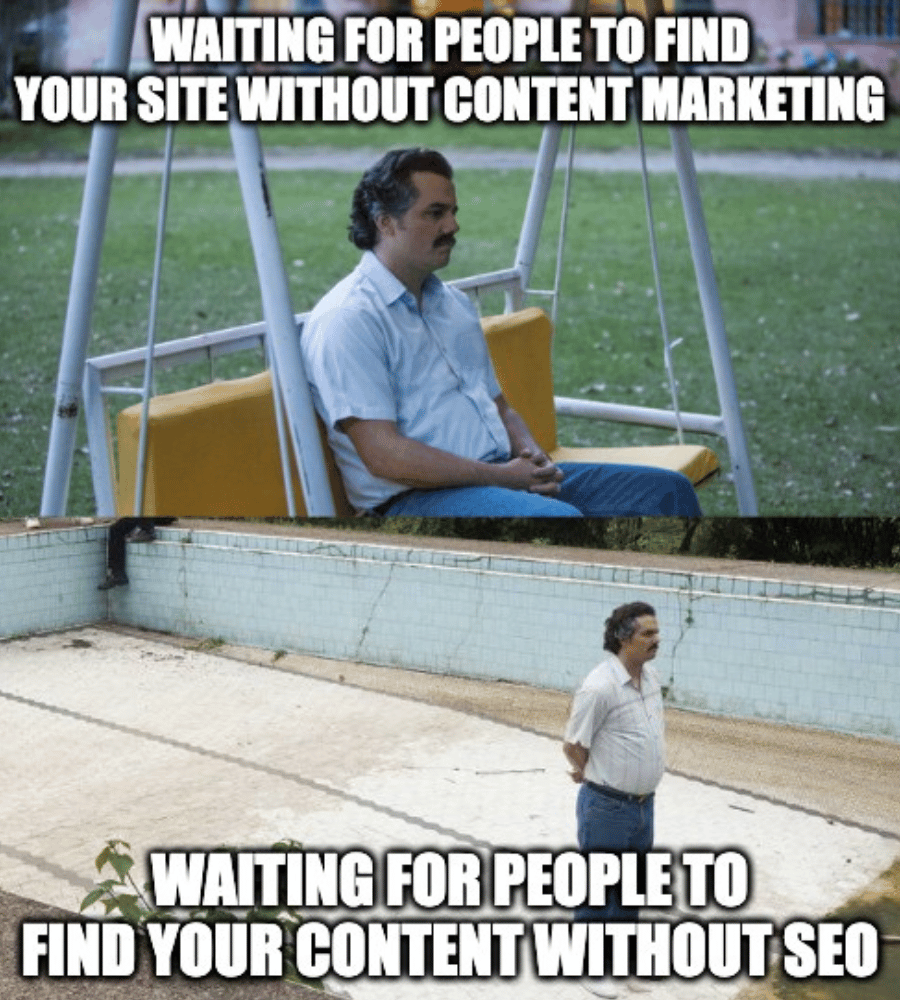
Here are some helpful tips to make the most of your SEO and content marketing efforts together!
Content Creation With SEO in Mind
SEO tactics like topic and keyword research are super helpful to a content marketing strategy.
Ahrefs or Semrush are invaluable sources of information about what a target audience searches for. They can provide fairly accurate insights into the traffic potential of your niche topics.
Understandably, using these tools has long been the main method for topic selection.
And if you're primarily focused on blog content, it's still good enough, but to nurture a longer-term multi-channel strategy, you'll want to go further in your customer research (check out our free customer research survey generator for ideas).
This includes periodically reading reviews, interviewing customers on their pain points, combing through contact form responses, and browsing niche-specific subreddits, forums, or Facebook groups.

Now, with a list of ideas, you can comb through keyword research tools and focus on topics your site can currently rank for. You want to see other similar sites ranking on page 1.
[This means sites around the same domain rating (DR) as yours. Ideally you want to see at least 1 or 2 pages on sites under DR 40 ranking.]
For this, you'll also want to look at the search intent in the SERPs. Also, check if the pages ranking are mostly directory sites, big massive brands, or competitor sites.
There are generally considered three main intents:
- Informational (how-to guides, explanations) for those looking to learn.
- Transactional/Commercial (reviews, buying guides, comparisons) for those looking to burn (cash).
- Navigational (brand-specific content) for those looking for a specific site.
You'll want to find other business sites like yours ranking and create content that follows the same intent.
Just make sure to go above and beyond their pages. You'll want to cover the main topic quickly and effectively (like the table at the start of this page).
Plus, answer as many related questions as possible (using People Also Ask section, Reddit, Quora), add 'information gain' via unique insights and new data, and include as many multimedia or unique features as possible.
Optimizing User Experience
User experience is extremely important for SEO and content marketing efforts. The more digestible and enjoyable the interaction with your content, the better.
That's why you want to focus on how your stuff looks and feels. Whether it's your website or your content, it should reflect a high standard and attention to detail.
(This is subjective of course, but at least try your best.)
The old saying, 'How you do anything is how you do everything,' is very true.
Or as Yoda put it, 'Do or do not, there is no try.'
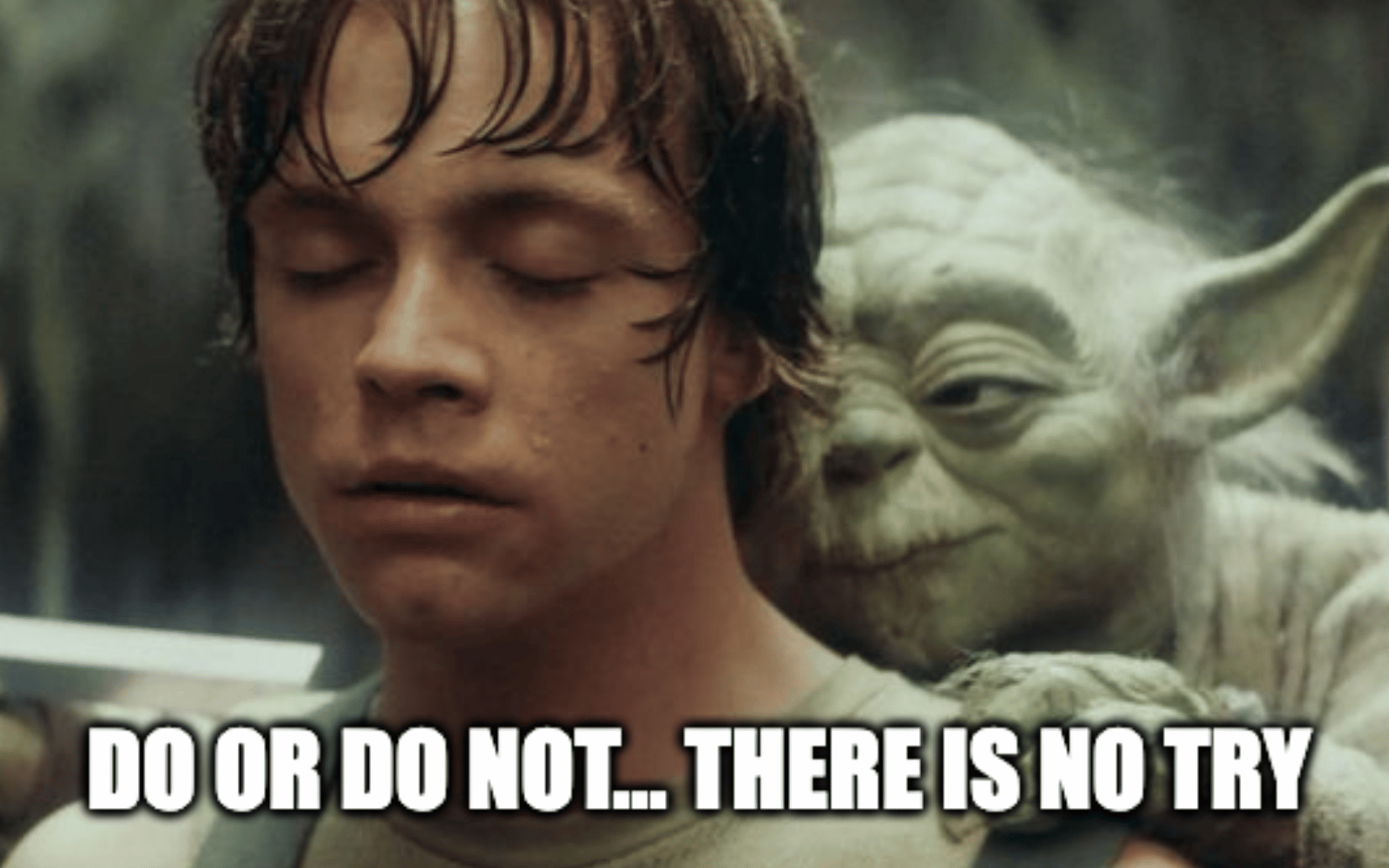
And so whether it's your site's design or your content's structure and quality, it should be a breath of fresh air blowing directly into your audience's faces.
Here's what that looks like:
Easily digestible and engaging content
Simple language with common word choices and short sentences and paragraphs, breaking up text with descriptive headers (after all, most people only read about 20% of a web page).
It's also highly advisable to sprinkle in visuals to complement texts - memes, videos, infographics, etc.- or even just good old text in different formats, such as boxes with interesting tidbits.
Technically optimized
You also want your content and website to be technically sound.
This means optimizing page speed for lower bounce rates, improving site navigation with effective internal linking, ensuring everything you produce is mobile-friendly, and using the highest-quality audio possible if you use video.
Fresh and Updated
Regularly updating your content and pruning dead content (at least every six months) signals to users and search engines that your website is active and current.
When done well, regular updates, particularly on important pages, can keep people around, knowing the content is still relevant, help improve crawl frequency, and boost search rankings.
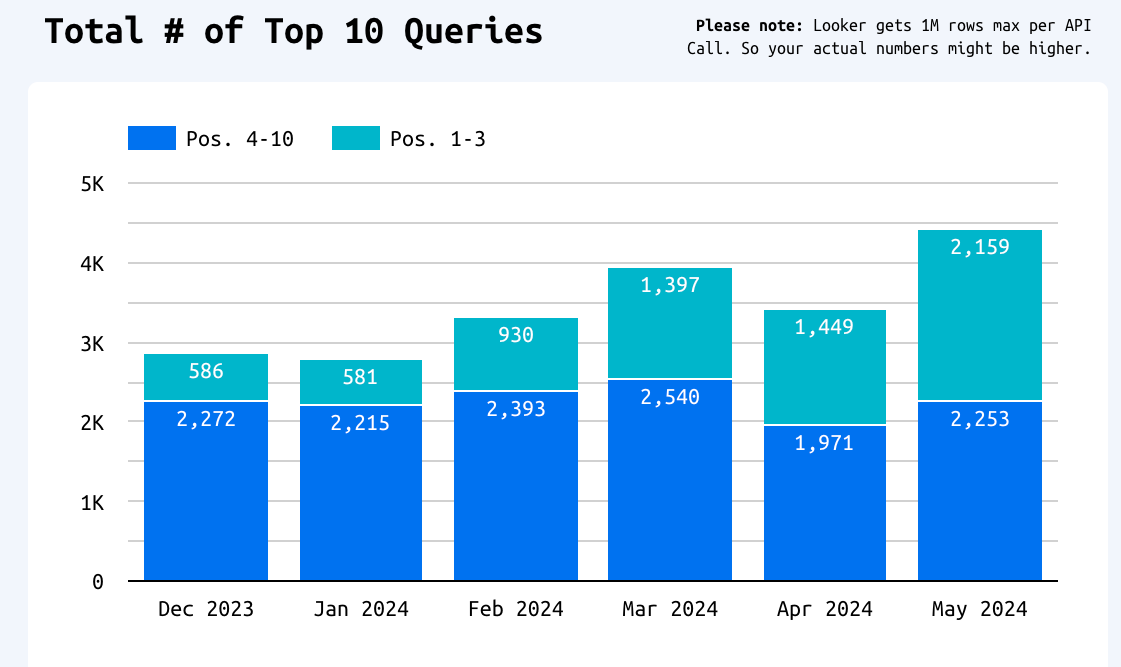
Properly updating existing content can result in far greater rankings and results. Check out our latest content update case study.
Earning Backlinks Via Helpful Content
High-quality content can sometimes rise up without any initial link-building. Simply by being at the top of the SERPs, it can attract valuable backlinks from other, sometimes far more authoritative sites, as a reference link in an article on a related topic.
Publishing original research, especially that you promote on social media or to industry thought leaders in the hopes that they help amplify it, is also an effective way to earn backlinks.
There are many different ways, but I am not an expert link builder (although I have had some nice success in public relations). Still, it's not a hot-take to say that your content quality helps with link-building efforts.
Boosting Content With Promotion Strategies
The beauty of content marketing is that it's not restricted to only one traffic source, as SEO has historically been (granted, YouTube SEO is now a thing).
And so when you publish SEO-friendly content on your site based on an educated hunch that your ideal customer and target audience is interested in the topic - you can also promote it across your various channels.
Social Media
Just note that you shouldn't just publish a link to an article. It's best to add something new - ideally, some sort of insight that you believe people will engage with without necessarily sharing the link. This is referred to aszero-click marketing.
It helps content promotion perform better because social media algorithms almost universally want you to stay on-site. So, it's only logical that they'd prioritize posts (by asmuch as 95%) without external links.
But choosing not to include links in your posts isn't only for algorithms. It's also beneficial to creators, as is expertly explained in this video:
Email Marketing
Nurturing potential leads or even keeping your existing customers in the loop via a newsletter is always a good idea. As people will often say, it's the only traffic source you 'own.'
And 81% of B2B marketers, according to a Content Marketing Institute, went as far as to say that their email newsletter was their most used form of content marketing.
Thanks to your content marketing and SEO efforts, you'll always have new material to share with your mailing list.
Plus, you can always reshare the 'best of' content or any seasonal content each year.
But as with both of these channels - you're starting to tap into the power of repurposing content, which is another super important aspect to combining SEO and content marketing efforts.
Repurposing SEO Content for Other Content Channels
Again, one of the beauties of SEO content is that it follows an educated hunch (backed by keyword data) that it's a topic your audience searches for.
Chances are your target audience will be interested in those topics wherever they are. So, you can repurpose your existing content to save yourself the time and money spent producing new ideas.
(My sincere apologies but just wanna share 1 last meme to exemplify this point :S)

You’re not reinventing the wheel and looking up new topics each time you create content for your various channels.
You can turn your popular blog posts into videos, which you can use to build a YouTube channel and embed in your article (which can further help your SEO).
Create social media carousels to post across LinkedIn, X, etc. Create an email series. Or expand content you know resonates with your audience into a downloadable asset, ie. lead magnet.
Measuring Success: KPIs for Both Strategies
Since we now understand just how interconnected these strategies are, we can see that measuring success can use similar analytics tools but with some nuances!
Key Success Metrics for Content Marketing
As mentioned, time spent on page, social media shares, and the quality of interactions are solid indicators of your content's impact.
But as you likely know, Rome wasn't built overnight, and with anything worthwhile, consistency and time are key.
You'll want to continue publishing across your channel and tracking the trajectory of metrics like follower counts, engagement and conversion rates, and email subscribers.
However, I must mention problems that can arise in content marketing when trying to set up accurate multi-touch attribution tracking of your efforts. Many of the greatest minds in marketing have concluded that finding a reliable source to track accurately is nearly impossible - even with ads!
However, I do believe that at least tracking and comparing of customer acquisition costs (CAC) across different content types and channels is important.
This way, you can double down on the two or three channels that bring you the most engaged traffic and the highest return.
Key Metrics for SEO
SEO has several ways to track success, but first are keyword rankings and search engine results page (SERP) positions for a business's most valuable pages.
Organic search traffic can be a nice metric to track so long as it doesn't become an empty pursuit with little return. So, it's important to track the engagement of that traffic and at least increase email signups.
As is helpful for content marketing, you can track key events in Google Analytics or your other analytics tools. This helps you see which pages bring you desirable returns like signups or contact form responses.
Brand Success Stories (Best Examples for Inspiration)
Here, I just want to list out some of the my favourite examples.
These are a few brands that exemplify content marketing best practices and for the most part, also kill it with SEO as a result.
Hubspot
This is not a particularly unique choice but I truly admire Hubspot.
In terms of b2b content marketing efforts, they're a great benchmark.
And their Hubspot academy is a great free resource for people to learn the ins and outs of marketing (and learn about their tools).
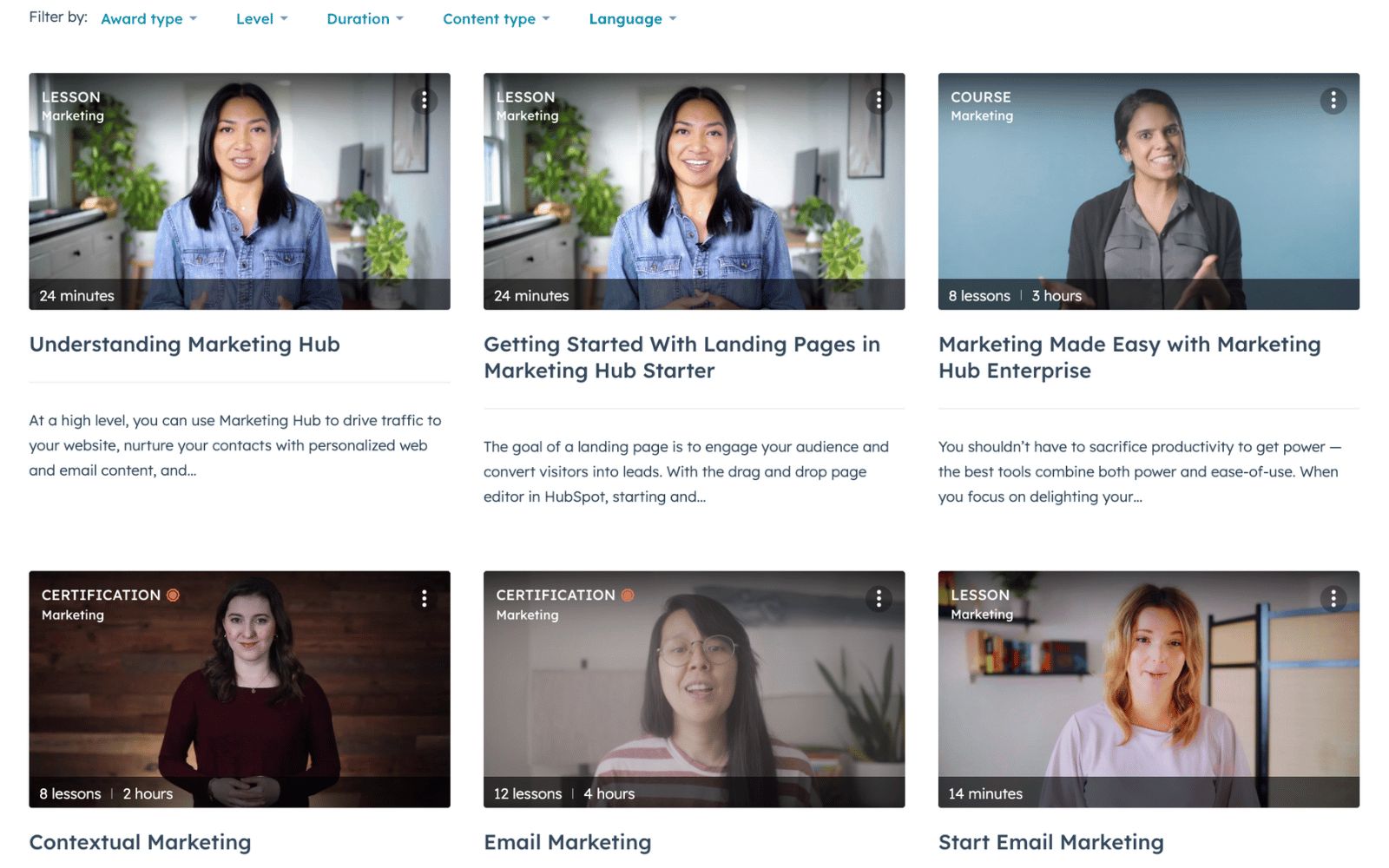
And because of their efforts, they have massive authority and rank for extremely valuable topics (over $3 million/month in traffic value).
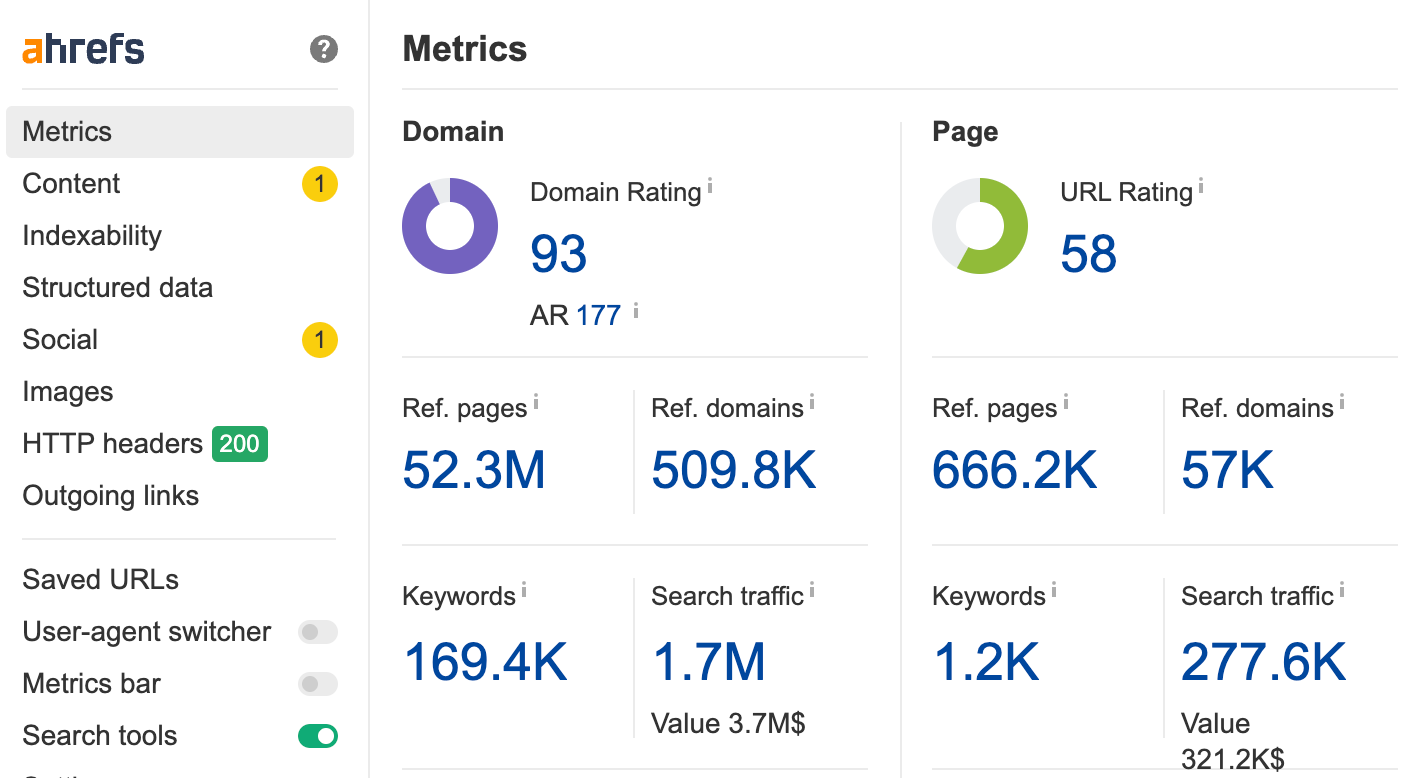
Ahrefs
Ahrefs is another pretty obvious choice. But because of how helpful they've been for me, I feel compelled to mention it.
It's a bootstrapped company that has grown into an industry leader thanks to its in-depth, technically precise SEO and digital marketing content (and of course, thanks to their great SEO tool).
Like Hubspot, they provide massive value that simultaneously builds brand credibility, appreciation, and subtly promotes their core offers. And they also do so mostly via blogs, video, some social, and helpful free courses and tools.
And their site is reaping the rewards from their efforts.
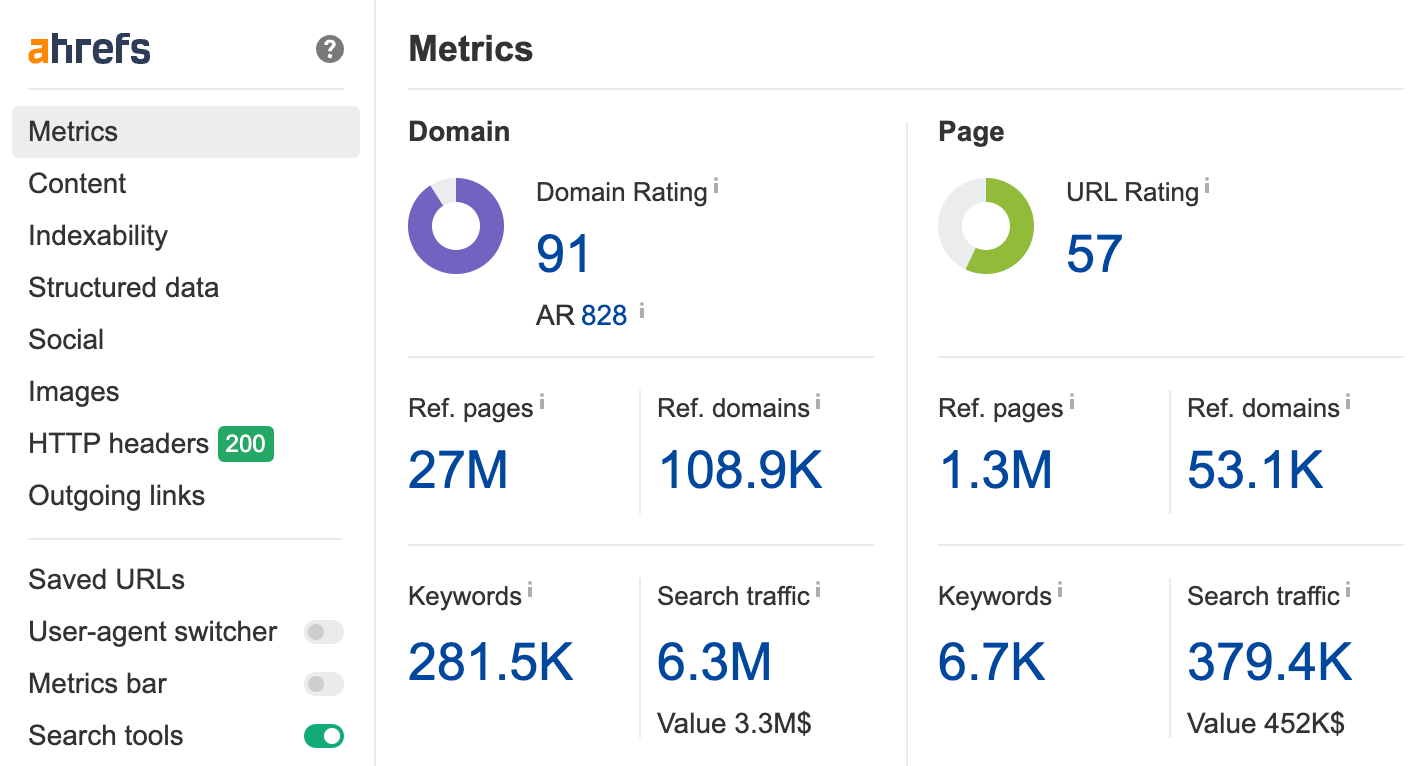
Dr. Vu Ngoc Son (Chiropractor)
Okay, here's a 'dramatic' departure from the 2 examples above.
And that's because not all businesses need SEO to be successful (although they DO need content). But this is important to be aware of, and there are many reasons for this. One of them being if the target market doesn't rely on search engines so much.
Dr. Son is a chiropractor in Hanoi, Vietnam (this is important context as we'll get into in a few seconds).
He produces helpful content for how to fix common aches and pains a chiropractor typically helps with. It's helpful and shareable content that's grown his reach across the country and even - the world. In fact I was surprised to find I have multiple friends from around the world following his Instagram.
Dr. Son is killing it on social media:
Now of course a chiropractor can typically benefit from local SEO.
However, in the case of Vietnam, you'll find that social media is seen as a more reliable source of information on a brand.
And the website for his practice reflects this.
Sorry, I don't even want to include a link for fear it loads a trojan virus on your computer.
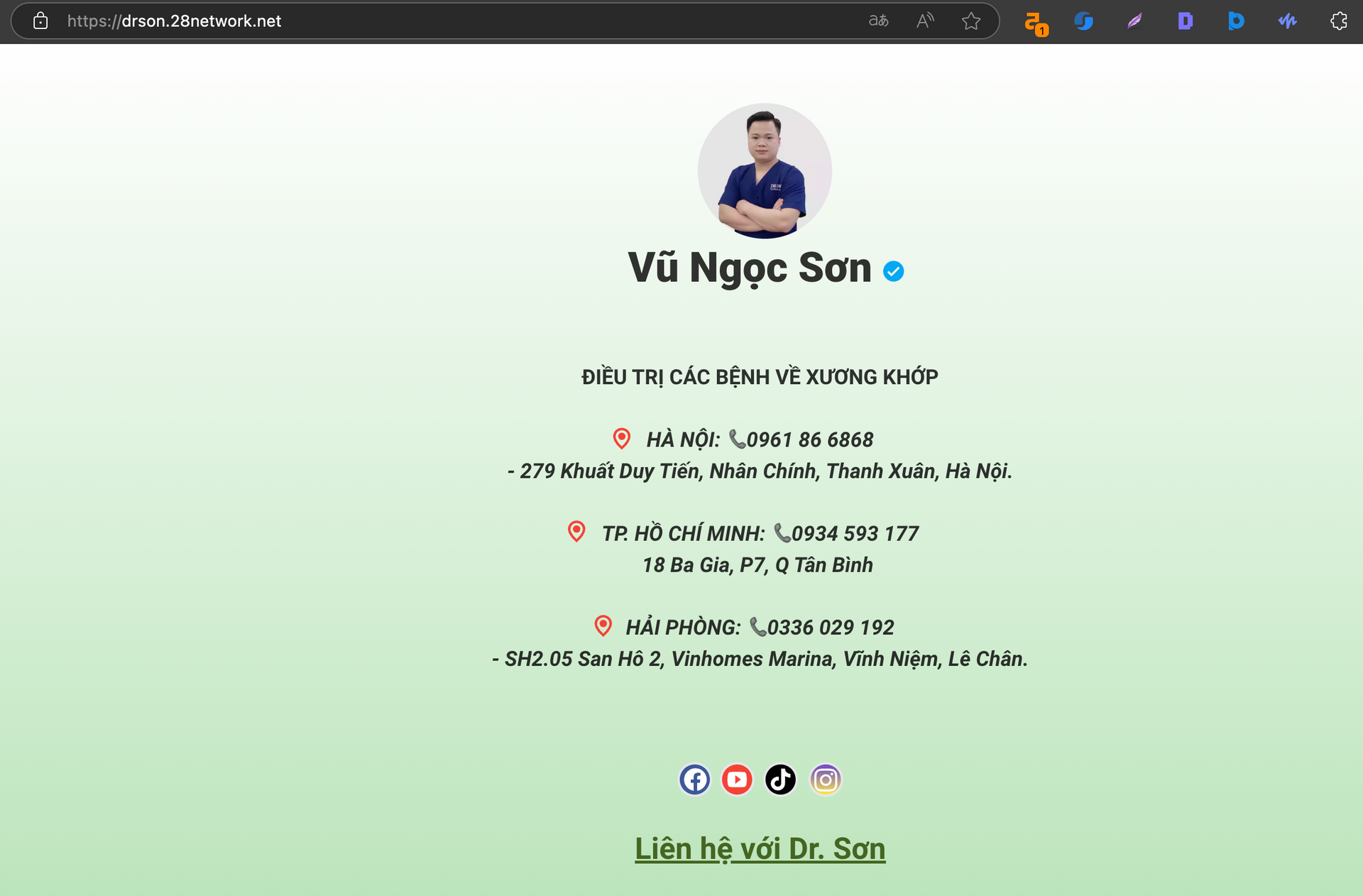
However, because of his video efforts he almost certainly doesn't care.
And while his competitors spend a lot on ads, I've got a strong hunch he'll be top of mind when someone in Vietnam needs a chiropractor.
SEO vs Content Marketing FAQs
What is the difference between content management and SEO?
Content management involves creating, organizing, and managing digital content. SEO focuses on optimizing that content to improve search engine rankings and grow traffic.
Content management is about content creation, and SEO is about making that content discoverable and appealing to search algorithms.
What is the difference between a content strategy and an SEO strategy?
A content strategy focuses on creating valuable, relevant content for your audience. An SEO strategy aims to improve search engine rankings.
Content strategy focuses on audience engagement while SEO strategy includes technical optimization and search visibility.
Is content marketing the same as off-page SEO?
No, they're different. Content marketing creates valuable content to attract and engage audiences.
Off-page SEO involves building external signals like backlinks, social shares, and domain authority to improve search rankings. They can complement each other but are very different approaches.
Which is better SEO or social media marketing?
Neither is universally better. The best approach depends on your business goals, target audience, and resources.
Generally, it’s best to target a couple of channels where you know your audience hangs out to yield the most effective results in your marketing efforts.
Content Marketing vs SEO in Conclusion
In essence, content marketing and SEO are not competing strategies. They are powerful allies that work together to grow brand awareness.
SEO relies on content marketing to improve search engine visibility.
Content marketing relies on SEO as an effective method to target topics and create it in a way that algorithms reward.
The most successful approach integrates both strategies. You always want to create high-quality content that resonates with target audiences across multiple platforms.
By understanding each, you can make the most of both. This way, you can nurture a complete marketing approach that people know, like, and want to do business with.
For any help along the way, feel free to reach out to us here at 8-Bit Content.
Blog
Let’s grow your online visibility together!
Join our newsletter for actionable tips and checklists!
Contact Us
You can also find us here:




